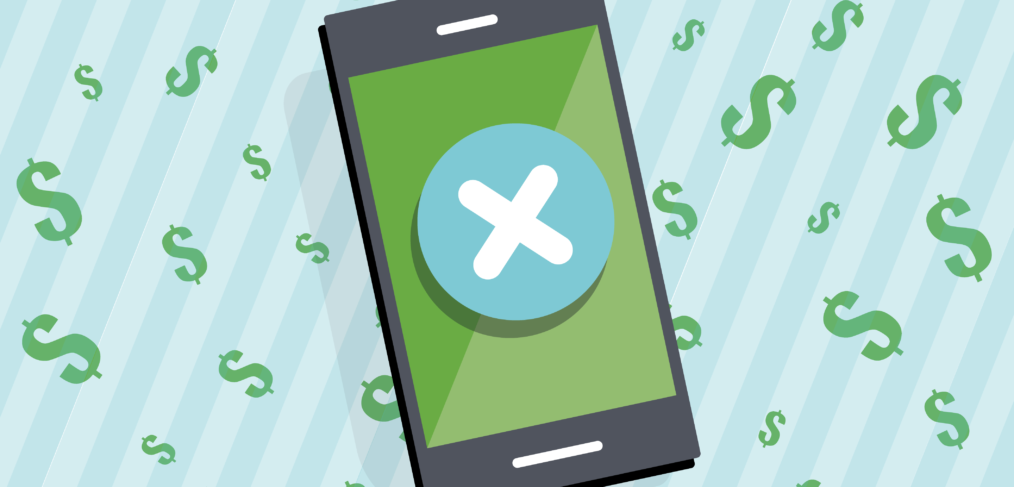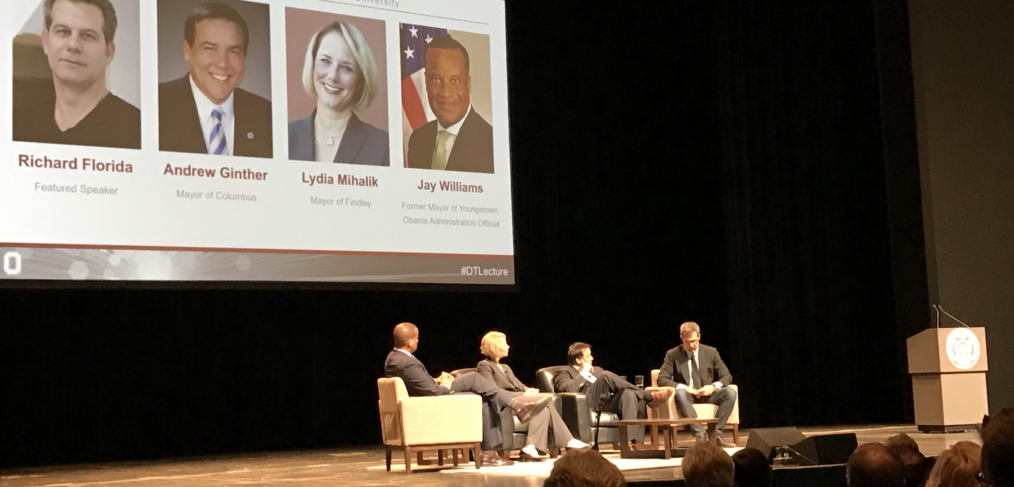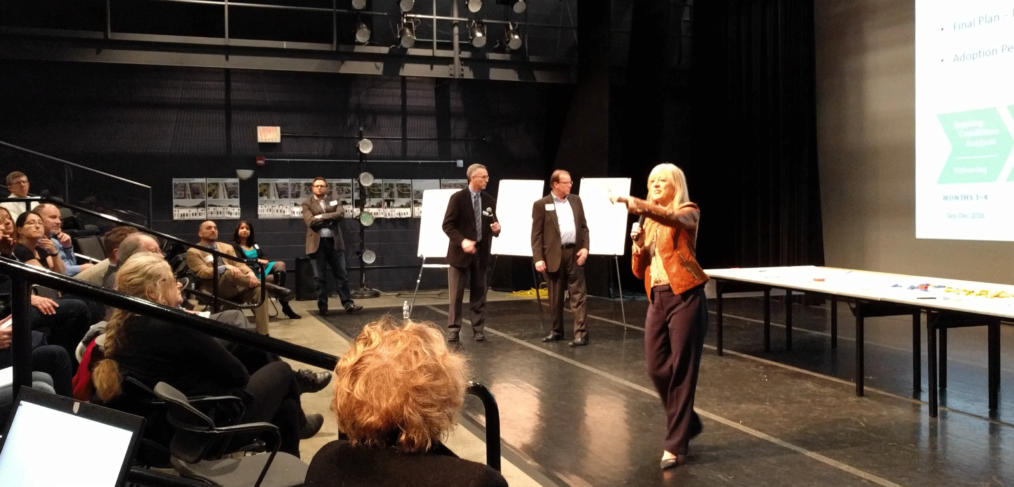
Vitaminwater recently launched a conversation-starting New Year’s challenge – $100,00 to select participants that could go a full year without using their smartphone. The contest rules stated that participants would receive a 1996-style cell phone and could use work laptops, desktop computers and voice-activated devices but smartphones and tablets were prohibited.
We polled members of #teamME to find out if they could do it, for how long and what they could accomplish in a year without all of the scrollin’ and swipin’. Check out what we said.
Marie
- Could you do it? Not today, but I could when I retire in 10 years or so.
- If so, how long do you think you could go before using your smartphone/tablet? I couldn’t go more than an hour today, because clients and the ME team need to be able to reach me easily. But when I retire? I could definitely go a year. Or five!
- What do you think you could accomplish by ditching your smartphone/tablet for a year? I’d exercise more and generally be more relaxed.
Cindy
- Could you do it? No, I use my phone to navigate, order food, find out operating hours, review work emails every day…it’s too convenient to have this mobility in a small format that I can carry in my purse or pocket and that works without me having to constantly reconnect to different hotspots or networks.
- If so, how long do you think you could go before using your smartphone/tablet? I couldn’t do it!
- What do you think you could accomplish by ditching your smartphone/tablet for a year? I do like to leave my phone at home a lot when out walking or when on vacation. It’s too stressful to jump every time I get a ping which is often unimportant Facebook notices. I also don’t like to have it at the dinner table as it really stifles conversation. We were just talking the other day about how people seem to have lost the art of dialoguing back and forth…can we blame it on the phone or the general lack of manners in our culture? No idea.
Missi
- Could you do it? YES, 100K count me in!
- If so, how long do you think you could go before using your smartphone/tablet? If I was provided a phone to use, I could go the entire year easily. Considering I can still use my laptop or computer, I would still be able to accomplish my daily tasks on those devices.
- What do you think you could accomplish by ditching your smartphone/tablet for a year? My phone tells me how much screen time I use daily and it bothers me how much time I waste. Detoxing from my mobile device would be so refreshing and I would probably watch more Netflix…just kidding. My extra time would be used to be more active for sure and I would focus on myself more. Love the idea of traveling without GPS but then again, I should get familiar with smoke signals or how to use flares if I am lost.
Nick
- Could you do it? No.
- If so, how long do you think you could go before using your smartphone/tablet? If I did, 1 day.
- What do you think you could accomplish by ditching your smartphone/tablet for a year? Take more naps, read more books and eat more ice cream.
Stephanie
- Could you do it? I think I could do it.
- If so, how long do you think you could go before using your smartphone/tablet? I’ll pull out my crystal ball and say 3 months, maybe 4 – LOL!
- What do you think you could accomplish by ditching your smartphone/tablet for a year? I’d just use more paper for directions, notes, reminders, etc.
Angela
- Could you do it? Yes. For $100,000? Totally.
- If so, how long do you think you could go before using your smartphone/tablet? I’d go the full year. Eyes on the prize…literally. 🤑
- What do you think you could accomplish by ditching your smartphone/tablet for a year? Before I share, here’s some background: if you have an iPhone, you’re able to access how much time you spend each day on screen time. I typically spend between 2-3 hours a day (I know. yikes!). Taking that into account, if I had an extra 2-3 hours in my day because I wasn’t scrollin’ I would use that time to: 1) take more art classes like pottery or painting; 2) learn how to make wine; 3) plan out my next adventure … maybe Spain? And, finally…I’d probably spend a ton of time “taking the scenic route” while driving because I can’t function without a GPS. Haha!
Tim
- Could you do it? I would like to say yes but it would depend on how I received the $100,000. If it was a one-time payment at the end of the year, no. If I received weekly payments of $1,923.08, yes.
- If so, how long do you think you could go before using your smartphone/tablet? I would shoot for a year but being realistic not very long. I enjoy the accessibility of information that my phone affords me and don’t feel that the usage of my smartphone hinders my overall productivity. With that being said, if I got past three weeks, I’d be $100,000 richer.
- What do you think you could accomplish by ditching your smartphone/tablet for a year? I think I would re-discover what it was like as a kid when you had to ride your bike around and knock on your friend’s door’s and ask if they could come outside and play.
Mindy
- Could you do it? NOT A CHANCE!
- If so, how long do you think you could go before using your smartphone/tablet? I bet I could make it through a long-ish work meeting, maybe two hours. I’m anxious just thinking of trying to go THAT long.
- What do you think you could accomplish by ditching your smartphone/tablet for a year? I think it’s similar to giving up pop, candy and other addictive substances – I’d start with physiological withdraws, and then come out the other side with focus, clarity and a sense of accomplishment for having shaken the habit. That, and I’d be able to conquer the free world.






